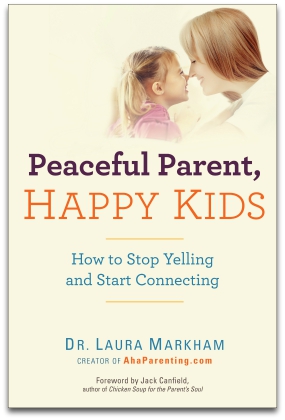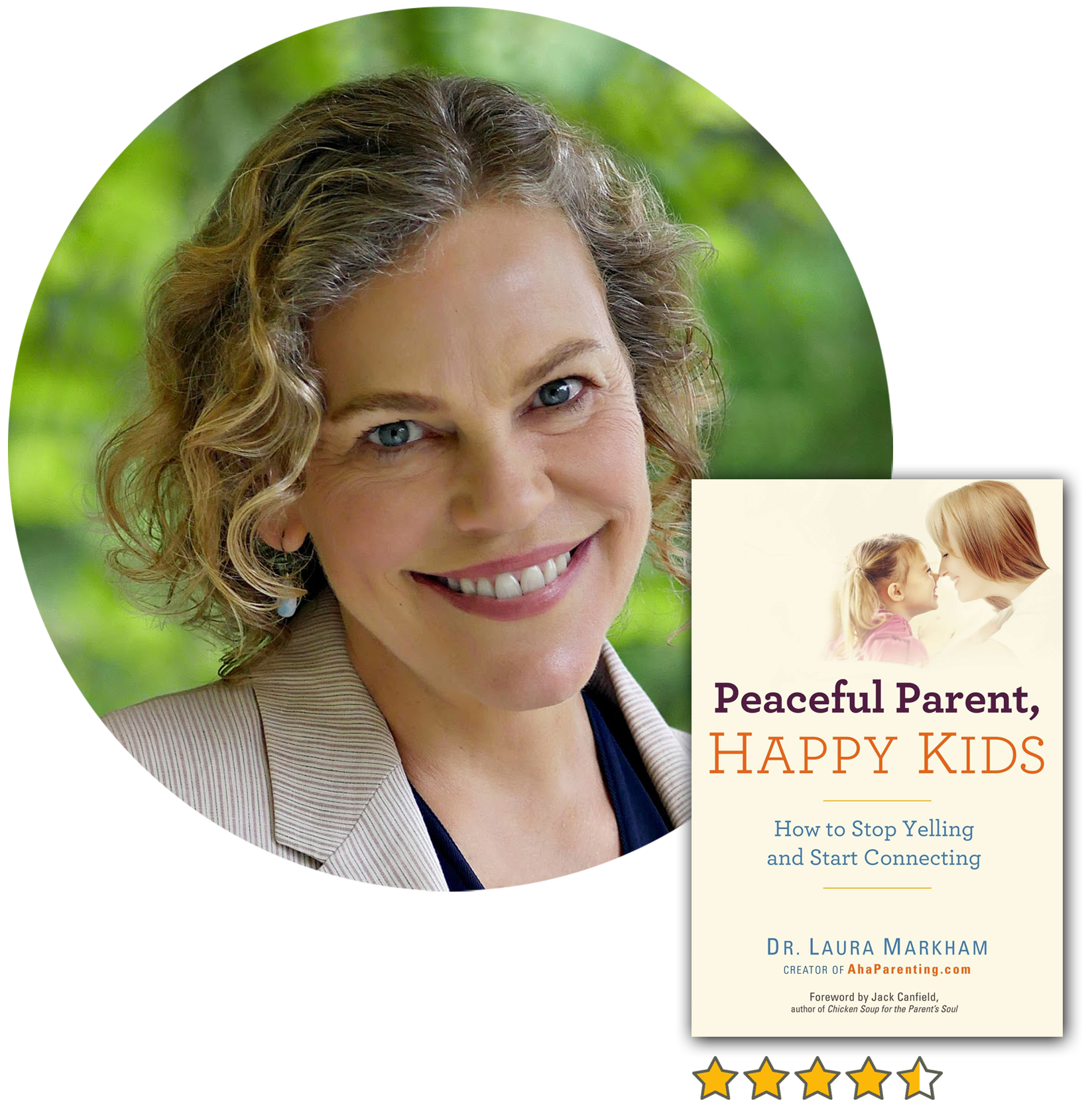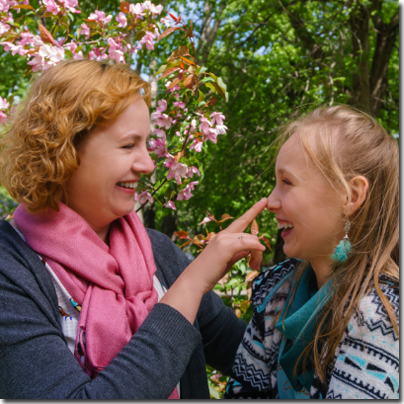 How was your day?
How was your day?
Fine.
What did you do at school?
Nothing.
Sound familiar? Certainly, we’ve all been there and reading this may give the sudden realization of how automatic these conversations have become. If you are anything like me, the go-to “check-ins” leave little room for elaborating past the normal script after a long and tiring day of school and work.
It’s not that these conversations are bad or wrong. Rather, they may leave us questioning how much we are missing out on by simply remaining in the conversational status quo.
But…what if we could shift our mindset about conversations with our kids from mundane and repetitive to a powerful and impactful communication tool?
What if we could make the conscious choice to enhance our children’s lives, build their confidence, empathy, creativity, and set them up to thrive long-term…all through our conversations with them?
As a speech-language pathologist, Harvard lecturer, and mom of two kids, I’ve searched high and low for the answers to these questions. I’ve talked to fellow parents, colleagues, psychologists, neuroscientists, counselors, and many others over the past ten years of my work with kids and families to gain insight on the power of conversation. My personal research has uncovered surprising discoveries about the impact that simple conversation can play in the growth and development of our children.
Why is Conversation So Important?
 There is never a bad time to enhance our communication with our kids; but focusing on communication is especially critical during times of stress.
There is never a bad time to enhance our communication with our kids; but focusing on communication is especially critical during times of stress.
With the anxiety and grief caused by the pandemic, many of us feel exhausted and burned out. The same goes for our kids as they face increased stress at school and potential worries about their own and their family’s health.
Being in “fight or flight” mode can be a roadblock in our ability to be empathetic and relaxed, which makes having a conversation that feels enjoyable and bonding almost seem impossible. Instead, we’re likely to get into ruts - having the same argument over and over or nagging about the same things every evening with little response from our kids.
If you’re reading this article, you’re likely already striving to be a positive parent. And while there is a space in positive parenting for discussion of positive discipline techniques to address negative behaviors, the focus of this article is a bit different.
I’m going to suggest that when parents place a focus on building opportunities to have more purposeful conversations with their children – conversations that feel good or “right” in the moment – they are not only encouraging the development of skills, but they are also providing a solution for negative behaviors. It’s all about relationships!
Kids are more inclined to work hard when they are invested in the relationships around them. Yes, they may still whine or argue, but they’re more likely to care about the feelings and perspectives of the people they’re arguing with. They’re also more likely to want to get along with others and to apologize if they sense feelings were hurt.
There are also many great skill-building benefits to purposeful conversations. Over time, such conversations do all of the following, and more:
- Build vocabulary and develop skills important for reading
- Help develop social skills
- Help our children understand emotions
- Create deeper trust, making it more likely for children to confide in us
- Build empathy and help children take others’ perspectives,
- Build confidence and awareness of themselves
What’s more, making the effort to have purposeful conversations with our children also allows us opportunities to build our relationship with them. Our kids will feel more connected to us and to each other, which they can fall back on as they navigate difficult times. We might even find that our kids are laughing more and arguing less!
Sounds intriguing, right? Read on for four simple tips that will set the stage for great conversation and better connecting!
#1: Notice Temperaments
 When we’re around our kids all the time, it can be easy to forget that they may have very different temperaments than we do.
When we’re around our kids all the time, it can be easy to forget that they may have very different temperaments than we do.
My five-year-old son is very active, and he often wakes up in the morning full of energy and ready to play. Sometimes, he’s literally kicking soccer balls into the walls before breakfast! I’m not exactly a morning person; instead, I need a coffee or tea and a moment of quiet before I can feel really awake.
In talking with my son, I have to keep his temperament in mind. This means reminding myself that he’s not trying to offend or annoy me with his endless movement, he’s just getting out his natural energy. Maybe he shouldn’t be kicking the ball into the wall at six in the morning, but he may need to do something active while having conversation that suits his active temperament.
Trying to have a thoughtful talk or sit him down with a book isn’t likely to be successful. I’ve found it most helpful, at those times, if we can talk about what active job he’d like to do. Maybe he can help put away dishes or take out the trash. This gives him a sense of purpose while allowing me to have a few minutes to wake up!
On the other hand, my daughter is often very sensitive to criticism. For her, I’m more likely to think carefully before responding when she asks how her drawing looks or whether her answers to homework questions are correct.
There are many different areas of temperament that we should consider when planning for the best ways and times in which to prompt conversation with our children, including the following:
- Activity level: How active is your child generally? What time of day is your child most calm and willing to have conversations? Does your child need to be doing something active while you have conversations?
- Distractibility: How easy is it for your child to get distracted by noises, smells, or new sights while having conversations? How hard is it for him or her to concentrate on one subject or topic? Does lowering expectations about length of conversations make sense?
- Adaptability: How easy is it for your child to change topics when someone wants to discuss something different? Would it be helpful to offer choices of conversation to allow your child some control of topics?
- Intensity: When someone disagrees with your child, how strongly does he or she react? Would your child benefit from working on calming techniques?
- Mood: What is your child’s mood generally like when you start a conversation? Is he or she usually relaxed and happy-go-lucky, or is he often anxious, excited, or wound-up? Are there a few topics that you can open with that typically help change their mood in a positive way?
Even those of us with children who often feel like mini versions of ourselves will likely assess temperament and find areas in which there are vast differences. It’s easy to forget how different we all are and how different each child may be from his or her siblings. We may need to shift our conversation techniques from child to child to accommodate their personal temperaments.
As a reminder for how we may need to take different approaches with different children, take a couple minutes to assess your child’s temperament (and your own!) in the areas above.
#2: Create Conversational Rituals and Routines
 I’ve gone on short hikes with my son, and we have a routine of going to the nearby cafe each Sunday with my daughter where we talk through what’s happened in her week. When we see routines in place, it becomes easier for conversation to happen without a lot of extra effort.
I’ve gone on short hikes with my son, and we have a routine of going to the nearby cafe each Sunday with my daughter where we talk through what’s happened in her week. When we see routines in place, it becomes easier for conversation to happen without a lot of extra effort.
Parents can look for ways to make time for conversation on a regular basis through activities that allow for alone time with each child. It doesn’t have to be anything serious; think fun, silly, quirky, or whatever works for the family.
It may be helpful to find an activity our child enjoys, making it more likely they will be motivated to make it a ritual (especially important for older children). Conversation openers that are linked to the activity we are engaged in can also be an easy way to get the words flowing.
For example, during a hike with my son, I may start the conversation by talking about how the leaves look and once the words are flowing, I will incorporate questions about his friends or school day. Some great “conversation starter” activities may include:
- Going on walks or bike rides
- Taking a drive to a favorite place
- Playing chess, checkers, or quiet card or board games
- Drawing or collaging together
- Engaging in a building activity, like building a toy plane, Lego set, or robot
- Playing a physical game like basketball or four-square
 Dr. Laura Markham, in her book Peaceful Parent, Happy Kids, poses the idea of “special time.” As she discusses in her blog, special time offers “the essential – but unfortunately so often elusive – experience of the parent’s full, attentive, loving presence.”
Dr. Laura Markham, in her book Peaceful Parent, Happy Kids, poses the idea of “special time.” As she discusses in her blog, special time offers “the essential – but unfortunately so often elusive – experience of the parent’s full, attentive, loving presence.”
As Dr. Laura explains, special time is a purposeful allotment of ten to twenty minutes one-on-one with your child, in which you focus exclusively on him or her. After announcing to your child that you’ll have this special time, you follow your child’s lead completely. As long as an activity is safe, you do what your child wants and talk about what your child wants to talk about.
Special time is a perfect opportunity to initiate conversation with your child; especially if, as Dr. Laura suggests, you 110% follow the child’s lead.
 Special time may sound great, but can it really work that well to create connections? We partnered with Dr. Laura Markham, clinical psychologist and best-selling author, in the Peaceful Parenting Masterclass, to explore the benefits of using special time to build a strong bond.
Special time may sound great, but can it really work that well to create connections? We partnered with Dr. Laura Markham, clinical psychologist and best-selling author, in the Peaceful Parenting Masterclass, to explore the benefits of using special time to build a strong bond.
This packed masterclass is one of the 70+ masterclasses you get when you join the AFineParent Academy today. Click here to learn more.
#3: Use Storytelling
 To help kids with emotional expression, parents can use storytelling as a means of starting conversations that can be fun and exciting. Storytelling is a time-tested way of communicating ideas and feelings in a way that’s accessible to all ages.
To help kids with emotional expression, parents can use storytelling as a means of starting conversations that can be fun and exciting. Storytelling is a time-tested way of communicating ideas and feelings in a way that’s accessible to all ages.
Storytelling is fundamental to the human experience and is also a powerful way of building a child’s vocabulary and comprehension skills. Storytelling also has the following benefits:
- Installing virtues and morals
- Fostering the imagination
- Sharpening memory capacity
- Improving social skills
And last but not least, storytelling enhances communication skills and encourages children to share feelings, thoughts and emotions. And the most beautiful thing about storytelling is that there are as many ways of telling stories as there are families! To get started, try using storytelling by:
- Making up your own unique fairy tales and stories that may be related to a real life experience your child is having.
- Dramatizing the telling of your own day; this is a fun way of encouraging your child to share about their own day.
- Reading a book or watching a movie that tells a story with a lesson that has value in your child’s current life experiences.
#4: Encourage Abstract Thinking & Talking
 You can also use storytelling strategies to help kids with more complex and abstract thinking. Abstract thinking is an important skill that will serve children well in many ways, including in school. The ability to think abstractly allows children to:
You can also use storytelling strategies to help kids with more complex and abstract thinking. Abstract thinking is an important skill that will serve children well in many ways, including in school. The ability to think abstractly allows children to:
- classify experiences and feelings
- deal with novel experiences
- draw conclusions based on the presented information
- identify and plan sequences of events
- find solutions to problems
There are many ways in which we can encourage and help our children practice abstract thinking. Encouraging imaginary and dramatic play, writing stories, reading books, performing science experiments, and exposing our children to new experiences are just a few activities that help develop abstract thinking.
The above suggestions, however, do not alone create abstract and creative thinkers; it is the process we encourage our children to be involved in during those activities that support the growth of that skill.
For example, while we engage our child in imaginary play, listen to the story they’ve written, read a book, perform a science experiment, or expose them to a new experience, we can ask questions such as:
- If you could change anything about the story (or experience), what would you change?
- How could we make the experience or story more interesting, scarier, stranger, or funnier?
- How could we do the steps in the experiment in a different order, or read the story in a different order?
- Which of the characters in a story or show are most like you, and why?
- Which characters do you like and dislike most, and why?
These are only a few first steps to enhance your conversations. You can give them a try, then test out others, based on what your family enjoys. The most important is to make the time and space for these conversations. Once you’ve got the habit started, you’ll likely find that both you and your kids benefit — and have more fun and play in your daily lives.
The 2-Minute Action Plan for Fine Parents
As you set upon your journey of using conversation as a way to build skills and relationships, take a few minutes to think about, journal, or talk to a trusted friend or partner about the following:
- What are the times, places, and situations where you and your child already have the best conversations?
- What are the times that you find it the hardest to connect?
- What events of your past day lend themselves best to being told as a story? Perhaps you had a minor conflict with someone or faced an obstacle you had to overcome.
- What topics or areas of interest does your child have which you could use as jumping-off points for abstract conversations? For example, is he or she interested in science, math, or theater? What about those topics interests him or her?
- In what ways is your child already thinking abstractly? For example, a young child might be making up characters for pretend play, while an older child might be writing graphic novels or drawing characters.
- Are there rituals and routines you already have in place that are comforting and helpful for your connection? Are there ways you could see to expand these?
The Ongoing Action Plan for Fine Parents
As you move forward in your commitment to more conversations with your child, take the next few weeks to consistently incorporate the following into your positive parenting practice:
- Find a ritual that you can commit to on a regular basis with your child; focus on an activity that will allow for conversation to flow at the same time.
- Find a daily time for conversation. Maybe it’s during dinner or in the car during the commute to school. Make the commitment to jump-start conversation during those times instead of sitting in silence.
- Commit to using storytelling to start conversation for a few weeks and take note on how it opens conversations and how your child may take your cues to use their own storytelling methods.
I would absolutely love love love to have all this article on a video or audio to listen often and share with my husband to listen while he commute to work or viceversa. Do you have a podcast or YouTube channel?
Thanks for te article. I find the concepts to be interesting, but as with many other good articles, I find them hard to put into practice unless I get examples, with questions and very well chosen words that I can use in orther to be more assertive in communication. I think that like children, I also learn through modeling of conversations, through reading the exact choice of words and learning the “play” that took place and actions taken. Does this make sense? I hope! Sorry for my english. Im from Argentina, currently living there. Thank you!
Violeta
Agree with Violeta completely. Interesting article, but could use examples to put it into practice.
Warmly,
Louise